| |
|
|
Botanical Name |
: |
Polygonum aviculare L. |
English
Name |
: |
Knotgrass |
Synonym(s) |
: |
Polygonum littorale (Auct. pro parte), Polygonum heterophyllum (Lindm.) |
Family |
: |
Polygonaceae |
| |
General Info
| Description |
 |
|
The root is annual, branched and somewhat woody, taking strong hold of the earth; the stems, 1/2 to 6 feet in length, much branched, seldom erect, usually of straggling habit, often quite prostrate and widely spreading. The leaves, alternate and often stalkless, are variable, narrow, lanceshaped or oval, 1/2 to 1 1/2 inch long, issuing from the sheaths of the stipules or ochreae, which are membraneous, white, shining, torn, red at the base and two-lobed. The flowers are minute, in clusters of two to three, in the axils of the stem, barely 1/8 in. long, usually pinkish, sometimes red, green, or dull whitish. |
| Herb Effects |
 |
|
The leaves are anthelmintic, diuretic and emollient. The whole plant is anthelmintic, antiphlogistic and diuretic. The juice of the plant is weakly diuretic, expectorant and vasoconstrictor. The seeds are emetic and purgative. |
Chemistry
| Active Ingredients |
 |
|
Avicularin, catechin, delphinidin, hyperin, myricetin, quercetin, quercitrin, rutin, salycylic acid, tannic acid. |
| Chemistry
of Active Ingredients |
 |
|
|
 |
Name |
CAS# |
IUPAC Name |
Formula |
Structure |
 |
|
| Avicularin |
Not Available |
2-(3,4-dihydroxyphen
yl)-5,7-dihydroxy-3-
(4,5,6-trihydroxyoxa
n-3-yl)oxy
-chroman
-4-one |
C20H20O11 |
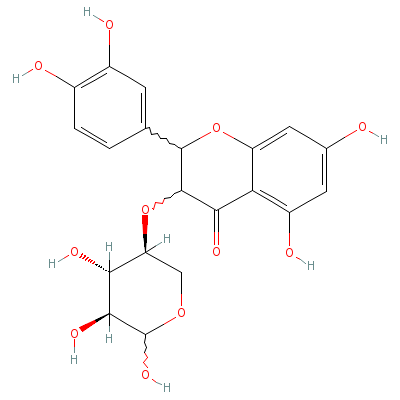
|
| Catechin |
5323-80-8 |
2-(3,4-dihydroxyphen
yl)chroman-3,5,7-tri
ol |
C15H14O6 |

|
| Delphinidin |
528-53-0 |
[3,7-dihydroxy-2-(3,
4,5-trihydroxyphenyl
)-chromen-5-ylidene]
oxonium ch
loride |
C15H11ClO7 |
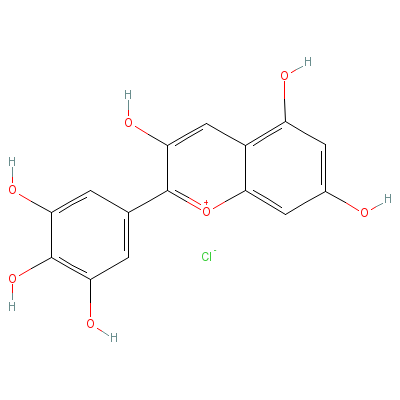
|
| Hyperin |
482-36-0 |
2-(3,4-dihydroxyphen
yl)-4,5-dihydroxy-3-
[3,4,5-trihydroxy-6-
(hydroxyme
thyl)oxa
n-2-yl]oxy-chromen-7
-one |
C21H20O12 |
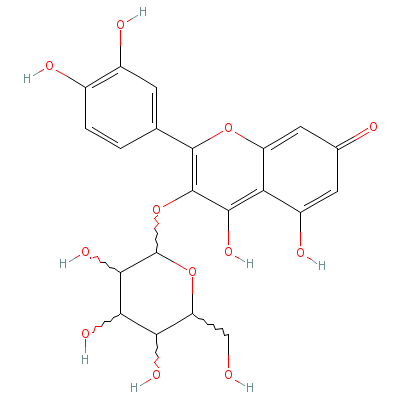
|
| Myricetin |
529-44-2 |
3,4,5-trihydroxy-2-(
3,4,5-trihydroxyphen
yl)-chromen-7-one |
C15H10O8 |
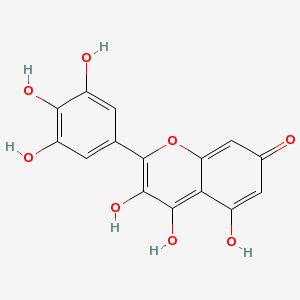
|
| Quercetin |
Not Available |
2-(3,4-dihydroxyphen
yl)-3,4,5-trihydroxy
-chromen-7-one |
C15H10O7 |
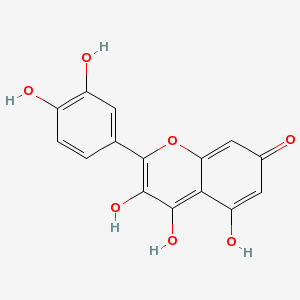
|
| Quercitrin |
6151-25-3 |
2-(3,4-dihydroxyphen
yl)-4,5-dihydroxy-3-
(3,4,5-trihydroxy-6-
methyl-oxa
n-2-yl)o
xy-chromen-7-one |
C21H20O11 |
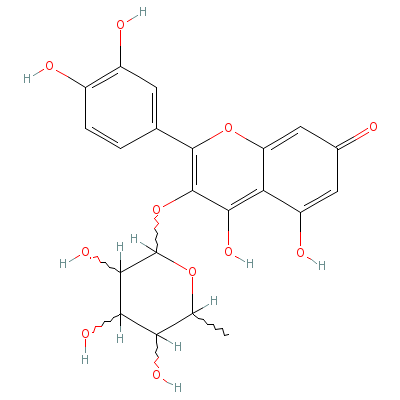
|
| Rutin |
Not Available |
2-(3,4-dihydroxyphen
yl)-4,5-dihydroxy-3-
[3,4,5-trihydroxy-6-
[(3,4,5-tr
ihydroxy
-6-methyl-tetrahydro
pyran-2-yl)oxymethyl
]tetrahydropyran-2-y
l]
oxy-chromen-7-on
e trihydrate |
C27H36O19 |
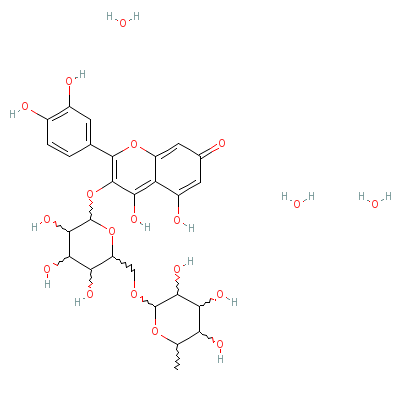
|
| Salicylic acid |
8052-31-1 |
2-hydroxybenzoic
acid |
C7H6O3 |
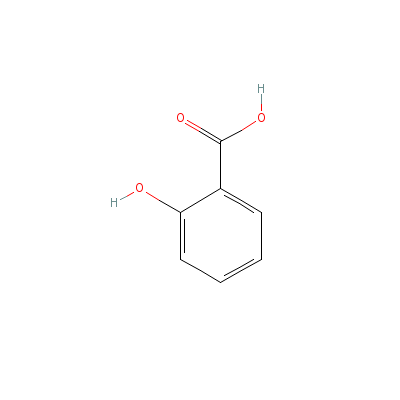
|
| Tannic acid |
1401-55-4 |
Not Available |
Not Available |

|
|
Pharmacology
| Medicinal Use |
 |
|
Maladies of the respiratory tract, such as asthma and bronchitis, useful in diarrhoea, bleeding piles, all haemorrhages, in strangury and as an expellant of stone. The decoction was also administered to kill worms. An alcohol-based preparation has been used with success to treat varicose veins of recent origin. Applied externally, it is an excellent remedy to stay bleeding of the nose and to treat sores. |
| Contraindication |
 |
|
People with a tendency to rheumatism, arthritis, gout, kidney stones or hyperacidity should take especial caution if including this plant in their diet since it can aggravate their condition. |
| Reference |
 |
|
 Stary, The Natural Guide to Medicinal Herbs and Plants. Stary, The Natural Guide to Medicinal Herbs and Plants.
|
Dealers
Products
|
|